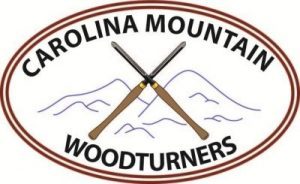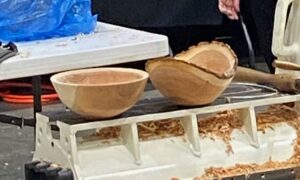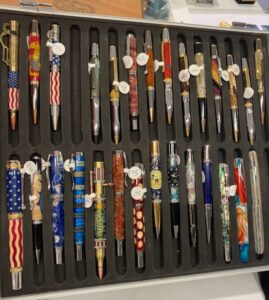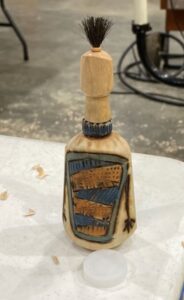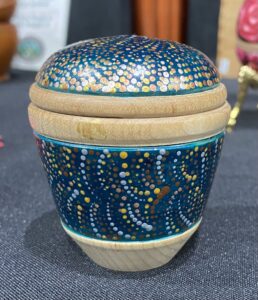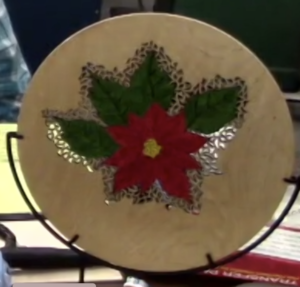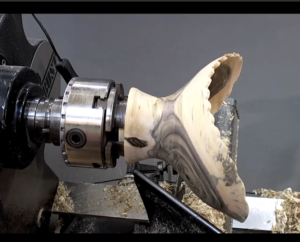Mark Garner Demonstrates for CMW – January 21, 2023 www.markgardnerstudio.com [email protected] Mark comes to us from Saluda and is also a CMW member. In this…
David Ellsworth Demonstrates for CMW – 12-17-22 Ellsworthstudios.com A Master woodturner and founding member of AAW, we are lucky to have David in our midst…
Bob comes to us from Blacksburg Virginia. He trained as an Oncology physician and has gradually reduced his practice to 2 days a week. Bob…
Barry comes to us from Pennsylvania and is an eclectic penmaker. He has published many books and articles on pen making and is known for…
This month’s demonstrator comes to us from St Petersburg, Florida. A woman of incredible versatility and creativity, living the moto if you can imagine it,…
Peggy comes to us from the Atlanta area and demonstrated how to turn a lidded box for embellishment either with her dotting technique or with…
John comes to us from Nashville Tennessee. He has been a wood turner for over 30 years and is well known for his carved hollow…
John comes to us from Tennessee where he was introduced to woodturning during his job as a photographer for Tennessee Technical University. There he met…
Turning a thin platter suitable for piercing plus piercing [email protected] Bruce and Trish are members of the Carolina Mountain Woodturners living in Columbus NC. They…
11-20-2 Contact information: Rudolphlopez.com [email protected] Rudy Lopez comes to us from Tampa Florida. His experience includes cabinetry, photography as well as woodturning. His message to…
